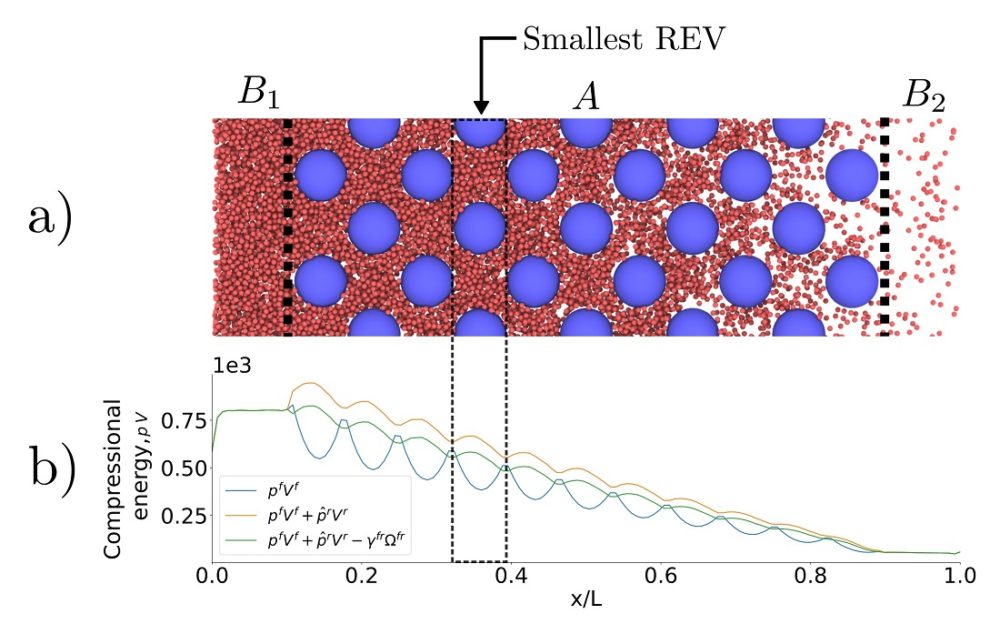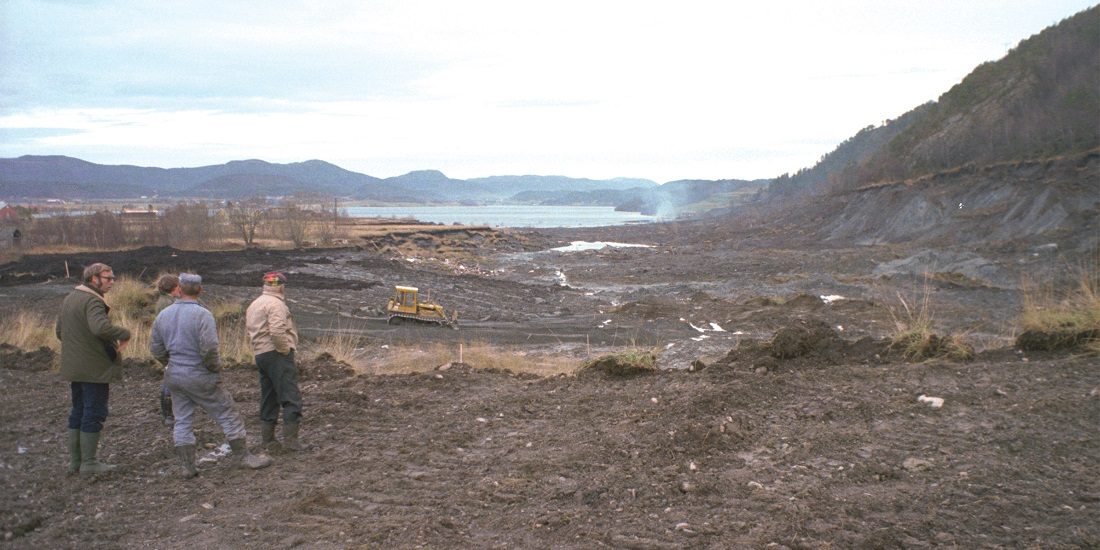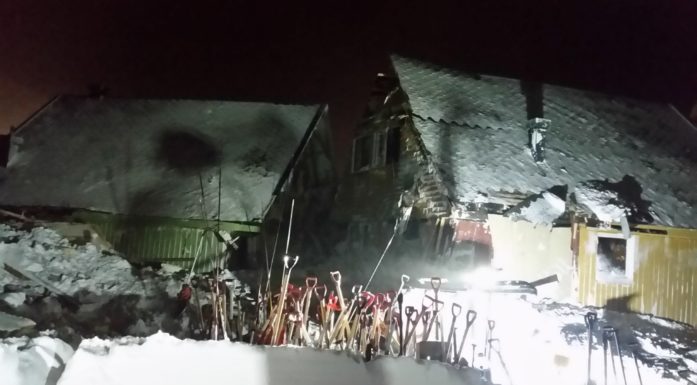New research could predict landslide threats
In theory, PoreLab studies porous media. But the research team dreams of being able to predict quick clay landslides as part of their results.
Porous media are all around us, according to Professor Alex Hansen of the Porous Media Laboratory, or PoreLab, a Norwegian Centre for Excellence (SFF) at NTNU.
The centre conducts world-class research in a field where Norway is leading the way.
Porous media are simply substances that have lots of holes in them at some level. Lots of these substances exist, and a lot of research is being done on them to answer unanswered questions. They include questions to which you might think we would already know the answer.
For example, how do we define the pressure inside a porous medium? Or what is the pressure inside cement, or clay or pumice?
“I was surprised that this was a problem,” says chemistry professor Signe Kjelstrup, a senior researcher at PoreLab.
But the pressure inside porous media is something we haven’t understood – until now.
- You might also like: When 80 microns is enough
Has two pressures
“The two fluid phases in a porous medium normally each have their own pressure. So can we still talk about an effective stress? We believe we’ve found a way to define effective stress,” says Professor Kjelstrup.
“The pressure in porous media needs to be adjusted for the size of the holes and for the surface properties,” she says.
In microporous media, just the usual hydrostatic pressure applies. But at PoreLab, researchers have also explored even smaller hole sizes.
“We investigated media that are porous at the nanoscale,” Kjelstrup says.
“We used computer simulations to calculate the pressure in the fluid and in the nanoporous medium. The simulations show that it is absolutely necessary to use the effective pressure to solve the calculation,” says fellow PhD candidate Olav Galteland.
Then researchers have an effective pressure that provides guidelines, for example for catalysis or for concrete. The nano scale is the smallest level people talk about in everyday conversation.
So how does pressure correction occur in these media? The energy that exists in the contact between all the phases has to be figured in. And then there’s the Young-Laplace equation, which states that there is one pressure in one fluid and another pressure in the adjacent fluid.
But why is this important?
You may also like: Why are you and I – and everything else – here?
Useful for a lot of things
“We’re still dealing at a theoretical level, so it’s important to determine the right driving forces. The dream is that we’ll be able to make this research useful, for example for people who want to predict quick clay landslides,” says Kjelstrup.
The pressure in clay can be important in determining whether the clay is at risk of leaking out when it becomes saturated with water.
The petroleum industry is part of the reason Norway is at the forefront when it comes to research on porous media. It involves the flow of liquids through these porous media, and is thus highly relevant for the extraction of oil and gas.
But the value of this research extends far beyond these applications. Understanding porous media, for example, is important in transporting medications around the body. How can the active substances in the drugs be transported from the digestive system or bloodstream into the parts of the body that need them?
“People who want help in formulating transport problems can come to us,” says Kjelstrup.
How salt penetrates concrete is a hot-ticket issue in the construction industry. Salt erodes the rebar and can weaken concrete buildings. How does transport work in concrete? How can we control it?

A pressure gradient in porous media. The figure shows the typical distribution of large particles surrounded by smaller liquid particles (A). The contribution to the total pressure varies over the representative elemental volume (REV) (Figure b). But the average total value lies on a straight line between two reservoirs (B1 and B2) with different pressures. Illustration: PoreLab
Interdisciplinary laboratory
PoreLab ranks among the world leaders in research on porous media. Their secret is to collaborate across disciplines, which lots of people talk about, but few manage to implement. It sounds so simple when Centre manager Alex Hansen explains it.
“We have small offices with lots of glass, and we keep the doors open. We meet in a large common area. It’s taken time, but we’re getting pretty cohesive. We’re managing to do it. This is real interdisciplinary collaboration,” says Professor Hansen.
Source: O. Galteland, Dick Bedeaux, Signe Kjelstrup, Bjørn Hafskjold, Pressures inside a nano-porous medium. The case of a single phase fluid, Frontiers in Physics, accepted March 2019 https://arxiv.org/abs/1812.06656






